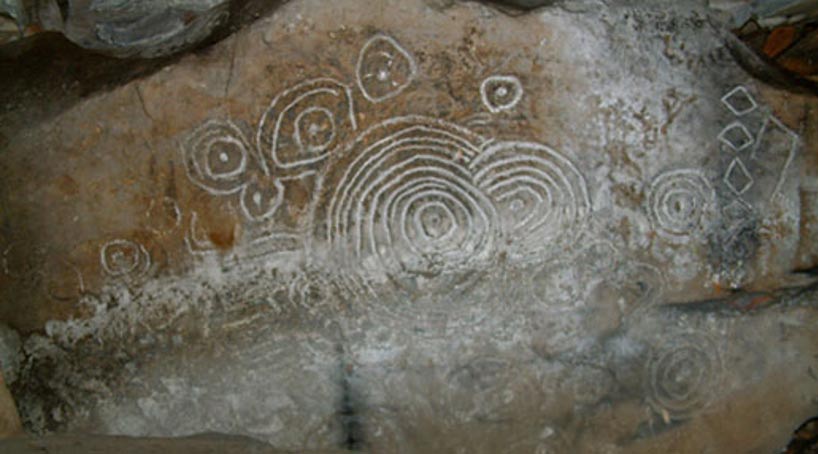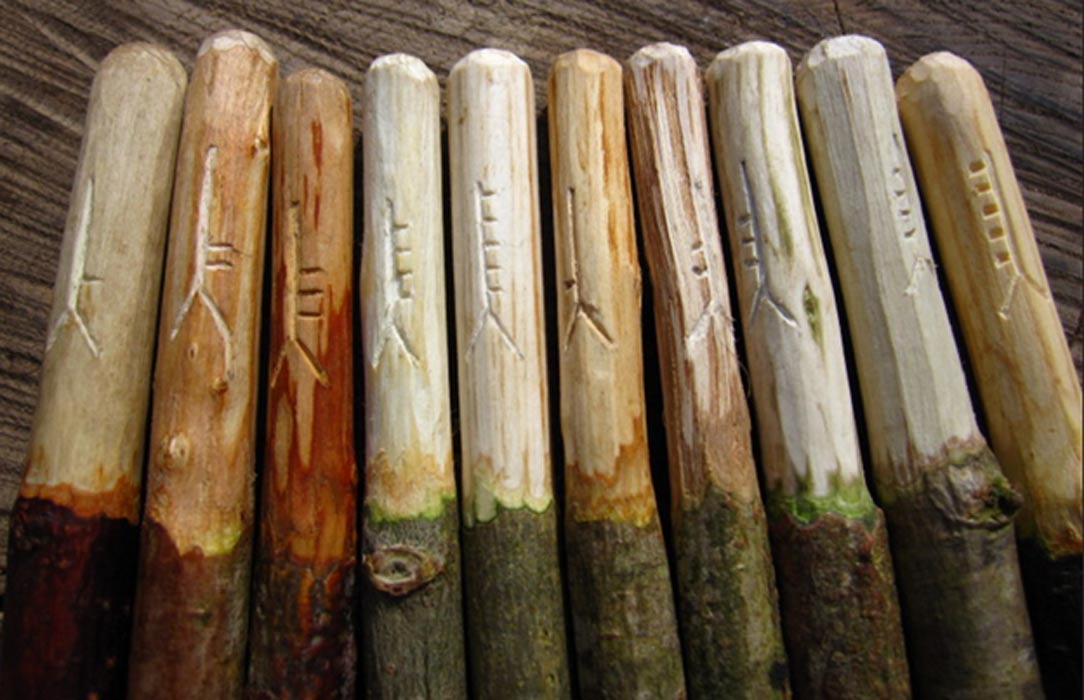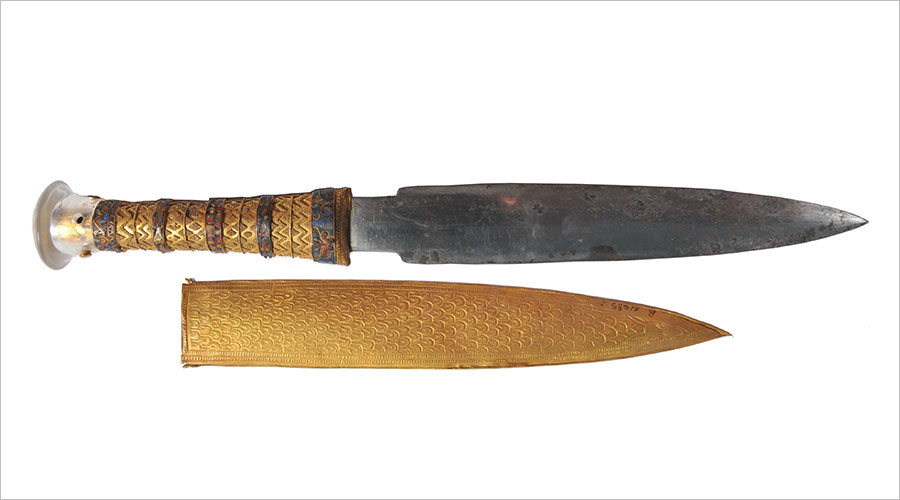More than 5,000 years ago people in Ireland carved a representation of an eclipse into three stones at a megalithic monument—the first known recording of a solar eclipse, scholars say. Researchers have further noted that the sun shines into a chamber of this monument in County Meath on the later ancient Celtic festivals of Samhain and Imbolc.
Our ancient Irish ancestors carved images of an ancient eclipse into giant stones over 5,000 years ago, on November 30, 3340 BC to be exact. This is the oldest known recorded solar eclipse in history. The illustrations are found on the Stone Age “Cairn L,” on Carbane West, at Loughcrew, outside Kells, in County Meath. The landscape of rolling hills is littered with Neolithic monuments. Some say that originally there were at least 40 to 50 monuments, but others say the figure was more like 100.
“Cairn L” received a mention in Astronomy Ireland ’s article: “Irish Recorded Oldest Known Eclipse 5355 Years Ago.” They write that the Irish Neolithic astronomer priests recorded the events on three stones relating to the eclipse, as seen from that location.













